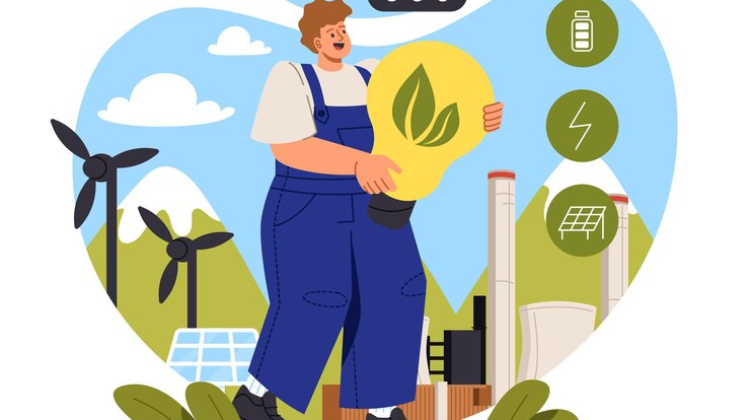
With the onset of industrialization in the last century, the demand for energy has surged dramatically to support the rapid growth of industries. The consumption of natural resources like coal, petroleum, and natural gas has skyrocketed, leading to their significant depletion. These resources are finite and non-renewable, meaning once they are exhausted, they cannot be replaced.
As the global population has increased since the mid-1900s, governments and civil societies have become more conscious of the need for alternative and renewable energy sources. This awareness has sparked a keen interest in exploring options such as solar, wind, hydrogen gas, and hydro energy. In many developed countries, initiatives like cycling to conserve energy and the utilization of wind and hydro energy have gained traction.
Although the initial costs of establishing renewable energy infrastructure are substantial, these costs decrease over time, making it a sensible long-term investment. The global community is actively collaborating to find and implement alternative and renewable energy solutions. As the supply of fossil fuels and other conventional energy sources dwindles, the urgency to develop sustainable energy strategies grows.
Efforts to conserve energy are being made worldwide. For instance, in Beijing's central district, the use of air conditioners during peak hours has been restricted to manage energy consumption. People everywhere are contributing in various ways to conserve energy and support the transition to renewable sources.
The journey toward a more sustainable energy future is
ongoing, and while specific figures on progress are still emerging, the
commitment to finding and utilizing renewable energy sources is clear. Stay
tuned for further developments in this vital sector.




